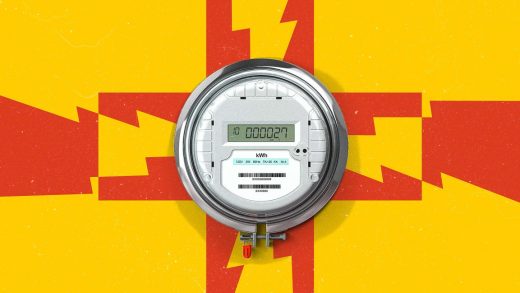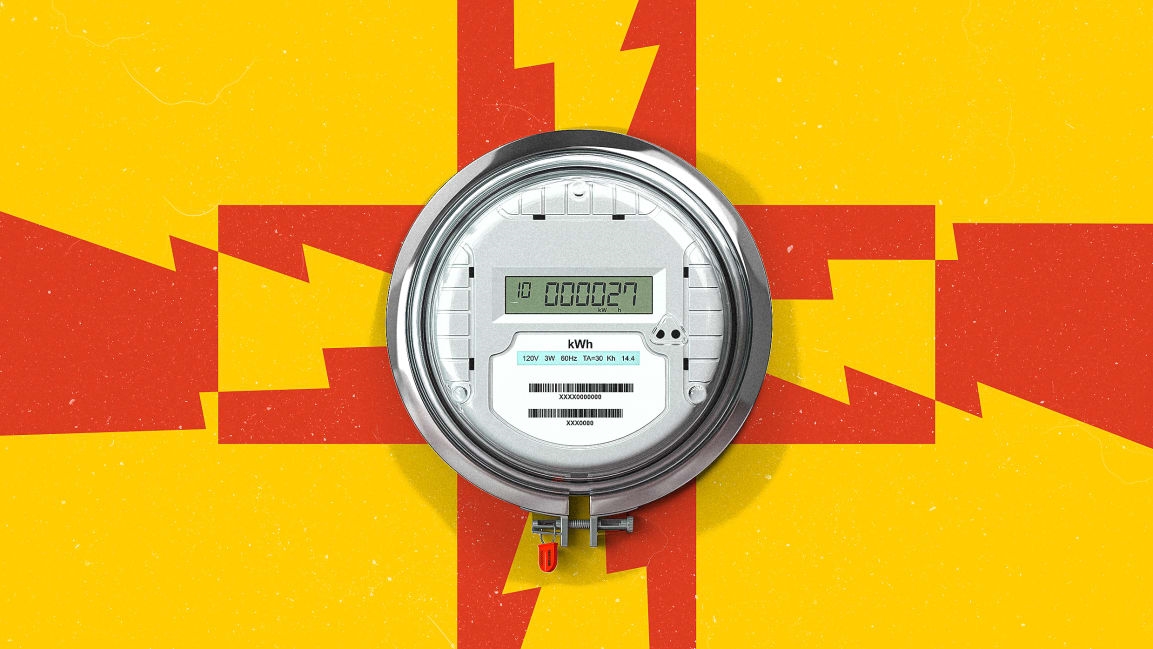A nationwide halt to evictions and utilities shutoffs could have lowered the COVID-19 death count
Moratoriums on evictions and utility shut offs offer more than just peace of mind; they’re lifesaving. A National Bureau of Economic Research working paper recently found that when these policies were in place, they had a notable impact: local eviction moratoriums reduced cumulative COVID-19 deaths by 11%, while moratoriums on utility disconnections reduced deaths by 7.4%.
This follows similar research: In December, a study found that New York state’s eviction moratorium alone saved 10,230 lives between May and September 2020, by keeping people in their homes instead of forcing them to mix with other households in potentially crowded settings. In some states, though, eviction moratoriums expired before the federal mandate; the fact that 27 states that lifted eviction moratoriums during that time period, says the study, resulted in 433,700 excess COVID-19 cases and 10,700 excess deaths.
It makes sense that keeping people in their homes is tied to public health during a pandemic, but not as much attention has been paid to how important preventing utility shut offs is, according to the researchers of the NBER working paper. Often when someone isn’t able to pay their utility bills, it’s because they’re making tradeoffs—to pay their rent, to pay for food, to pay for a prescription—and that’s an indication that they’re headed towards homelessness. “And then in addition, not having water and electricity makes it incredibly difficult to comply right now with the measures that we have in place for dealing with COVID, [to] stay at home,” says Kay Jowers, a co-author and senior policy associate at Duke University’s Nicholas Institute for Environmental Policy Solutions. Without electricity and water, remote work and schooling aren’t an option; it becomes more difficult to stay warm, to cook, and to clean.
Regulating utilities is largely delegated to states, so it’s difficult for the federal government to step in and say that companies can or can’t shut off services. Still, activists have called on President Biden to initiate a nationwide moratorium on utility disconnections. As for those patchwork moratoriums announced a year ago, many expired quickly, even though the pandemic continued. By October, only 40% of the U.S. population was covered by a utility moratorium, according to the National Association of Regulatory Utility Commissioners. Now some states have winter moratoriums, too, but only New York, Virginia, and Washington, D.C.’s are indefinite.
If both eviction and utility moratoriums had been in place nationwide at the beginning of the pandemic, our reality one year later could have looked very different: According to the research, an immediate nationwide eviction moratorium could have reduced COVID-19 deaths by 40.7%, and an immediate federal moratorium on utility shut offs could have reduced deaths by 14.8%.
The researchers calculated these figures by looking at county-level data and controlling for other state-level policies like mask mandates or crowd limits. That leaves them with, say, two prototypical counties, one that adopts a utilities or eviction moratorium and one that doesn’t. “We’re learning about the role of that policy in terms of how those two counties deviate from that point onwards,” says Christopher Timmins, co-author and environmental economist at Duke. “Once we have that estimated effect, then we can take it and we can go and simulate the world any way we want. One option would be to say, ‘What would happen if we just shut these policies off everywhere?’ and that is the first thing we do, and then we can ask, ‘What would happen if we bring the policies back one at a time, and what are the changes in both infection rates and death rates?’” Eventually, they simulated what would happen if we were to go back in time and implement these policies everywhere, from the first day of the pandemic.
That effect wouldn’t be so big if these were implemented today: Early action is crucial, because there’s a compounding benefit. “The way that we model infections, the infection rate today has a direct effect on the number of infections tomorrow,” he says. “So if you go back earlier in time, you get sort of a bonus out of implementing the policy earlier because you slow down this cumulative process, and that also plays out to some extent in deaths, because we model deaths as a function of the number of infections in that county two to four weeks prior.”
This data does come from a working paper, which means it isn’t yet peer-reviewed, though the researchers are now in that process. They wanted release their research to get feedback, and because understanding the effects of these moratorium opens up avenues for other research. It touches on inequalities that should be addressed all the time, not only in the midst of crisis—especially when the pandemic is over and these eviction moratoriums lift. The housing crisis also predominantly affects Black Americans, who at the same time have been disproportionately harmed by COVID-19.
This research also be important for future pandemics, or more infectious variants of SARS-CoV-2. “One of my hopes is that people will realize that…these policies help everyone. It’s not just people experiencing eviction and not just the people experiencing turned-off electricity,” says Jowers. “It’s not just our personal health. Housing is tied to public health, collectively, for everyone.”
(24)



